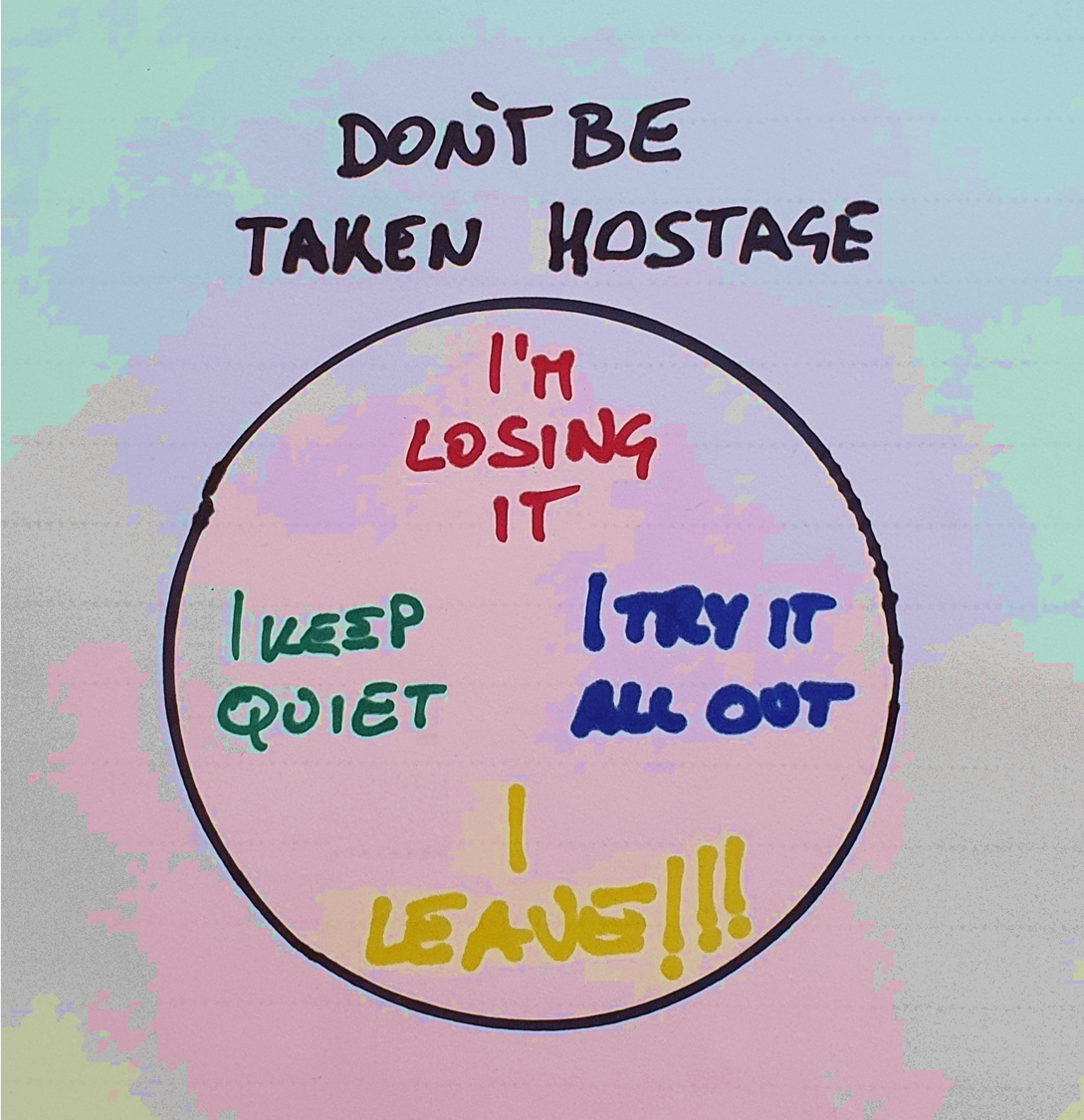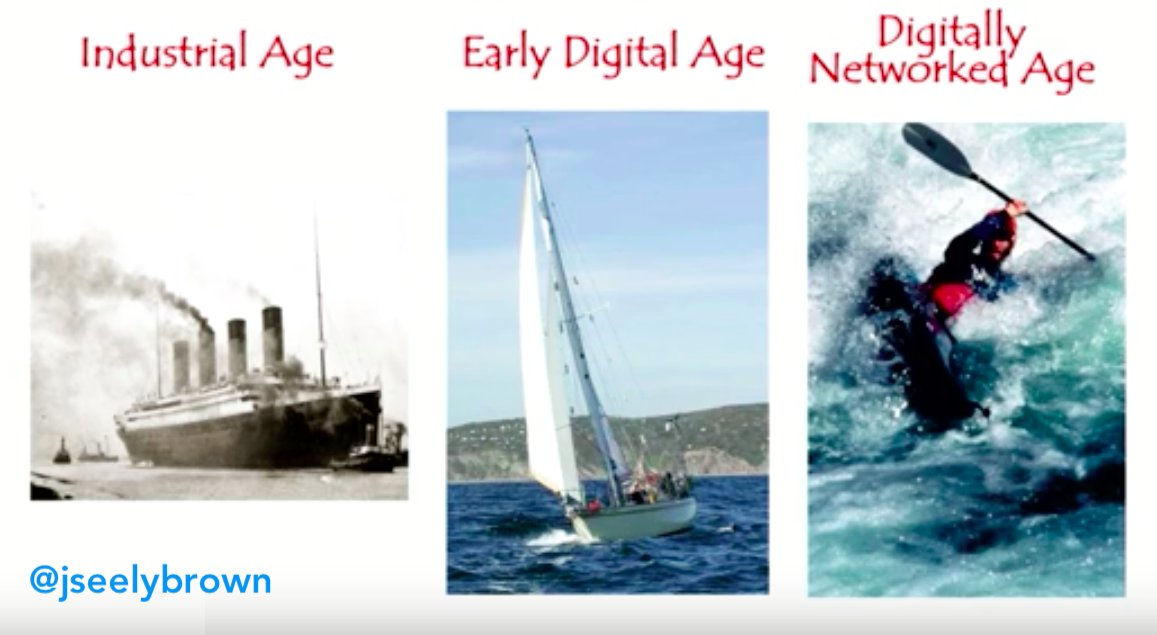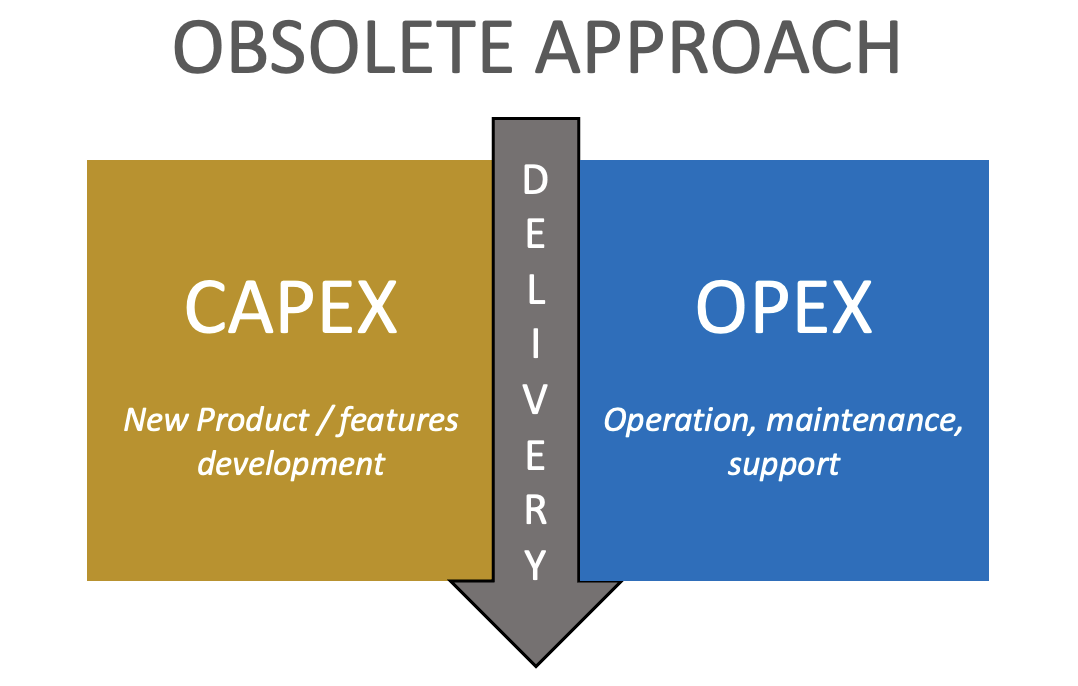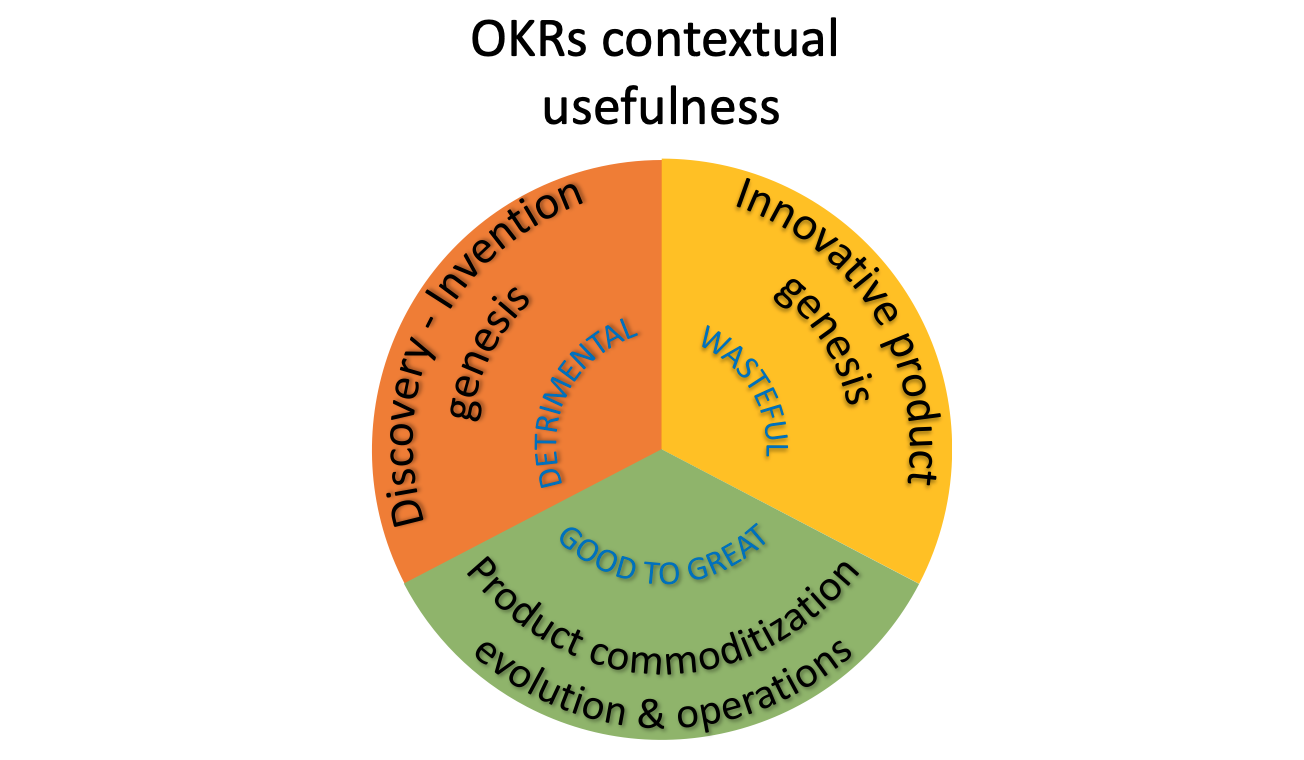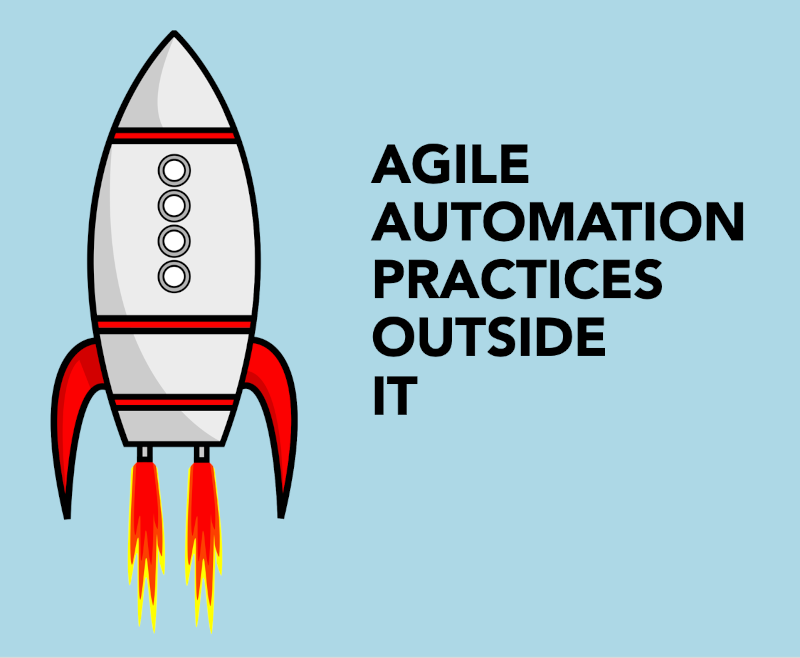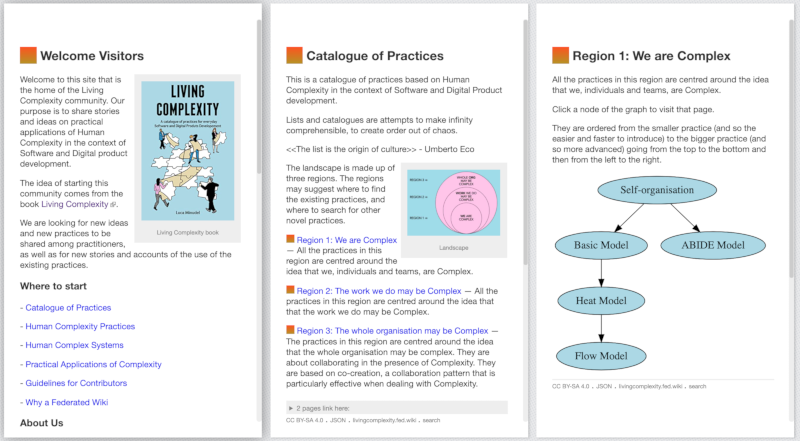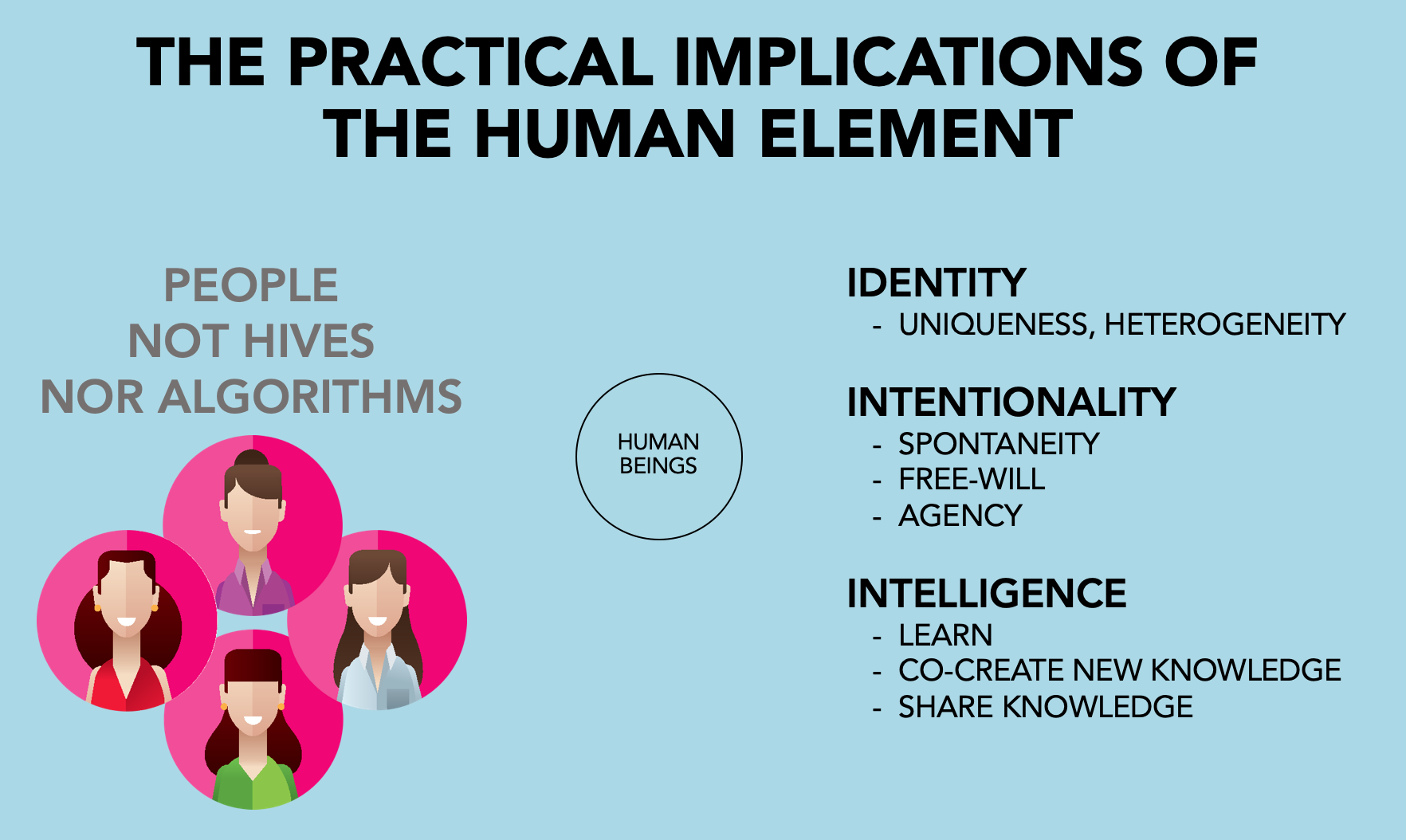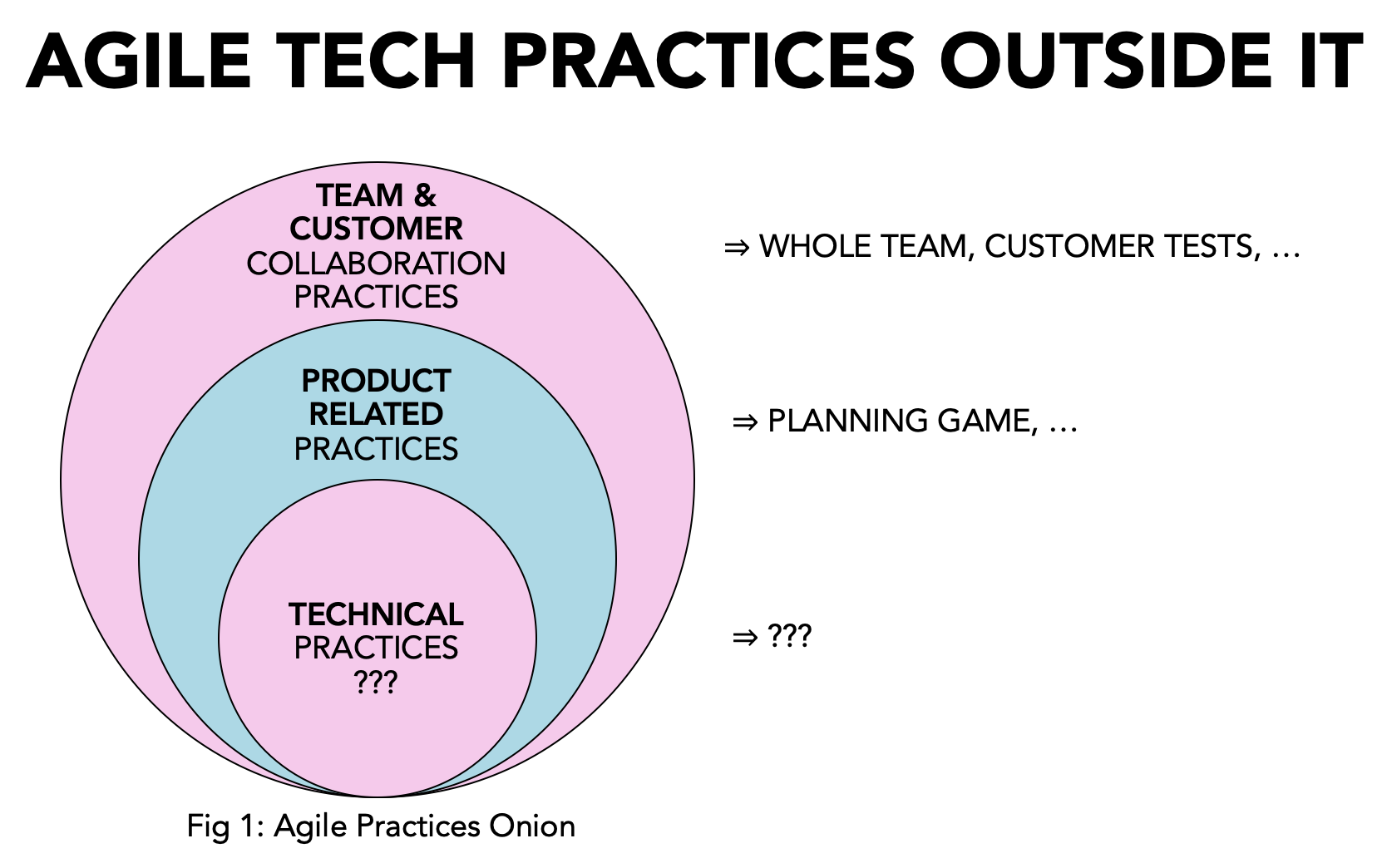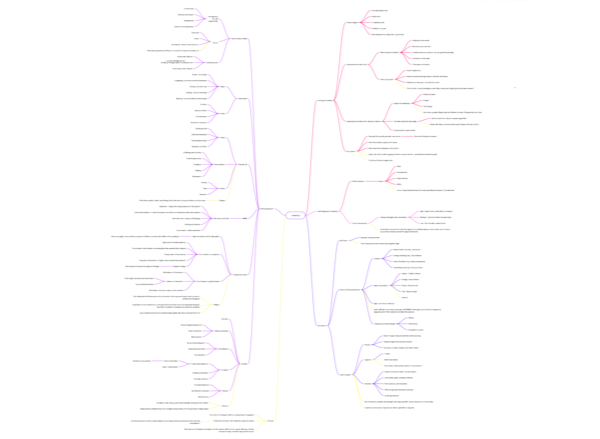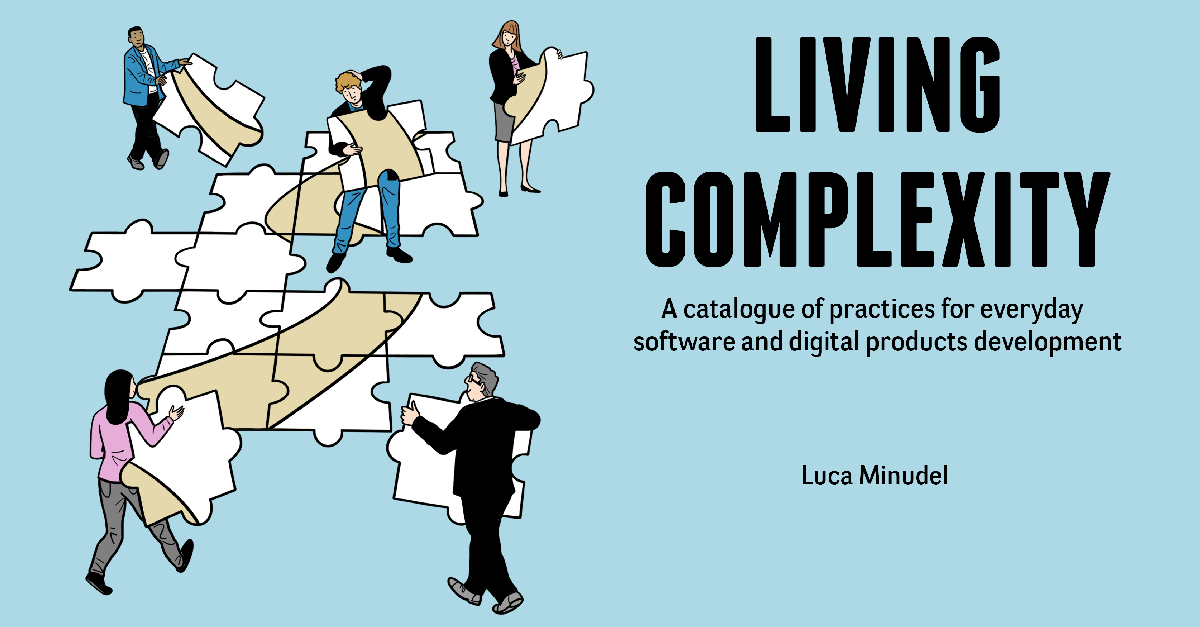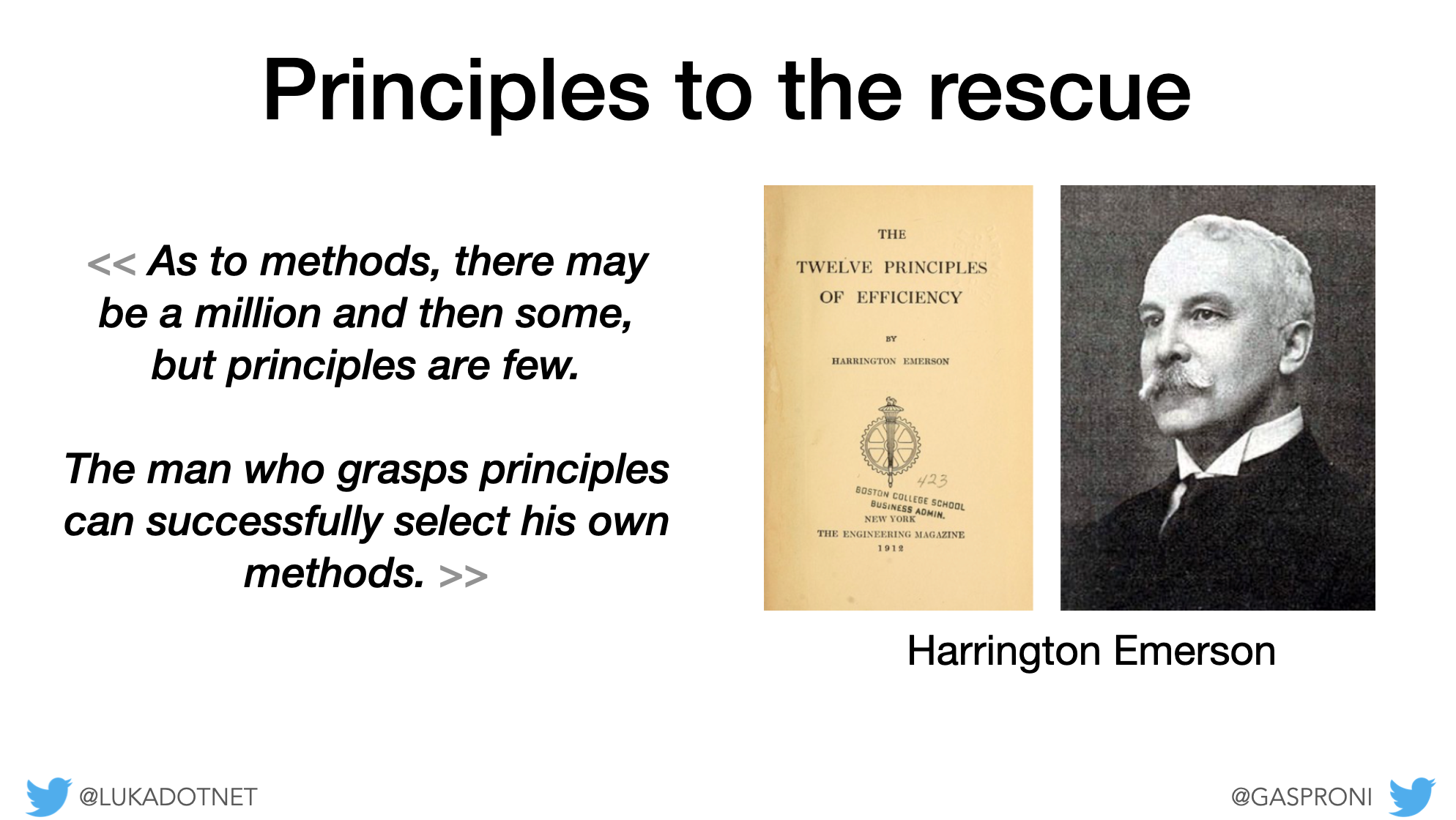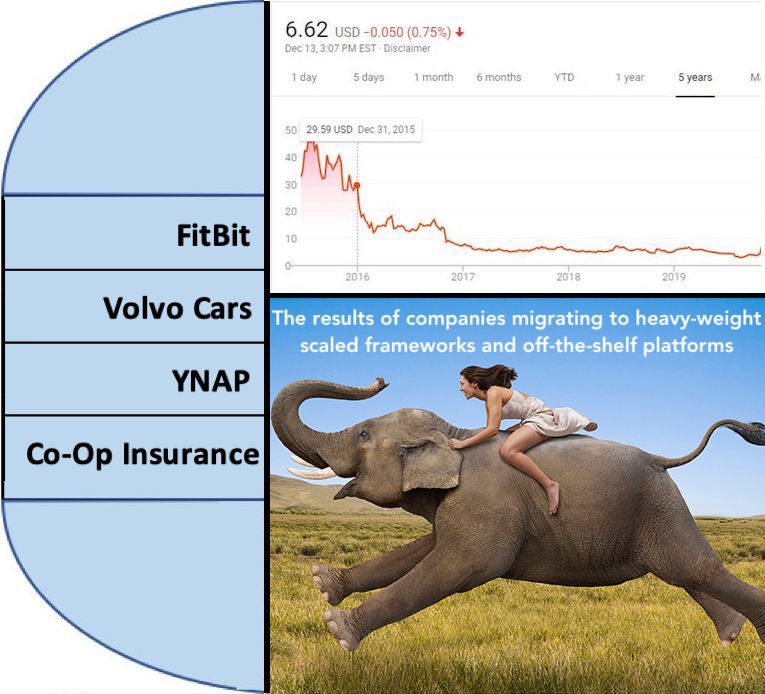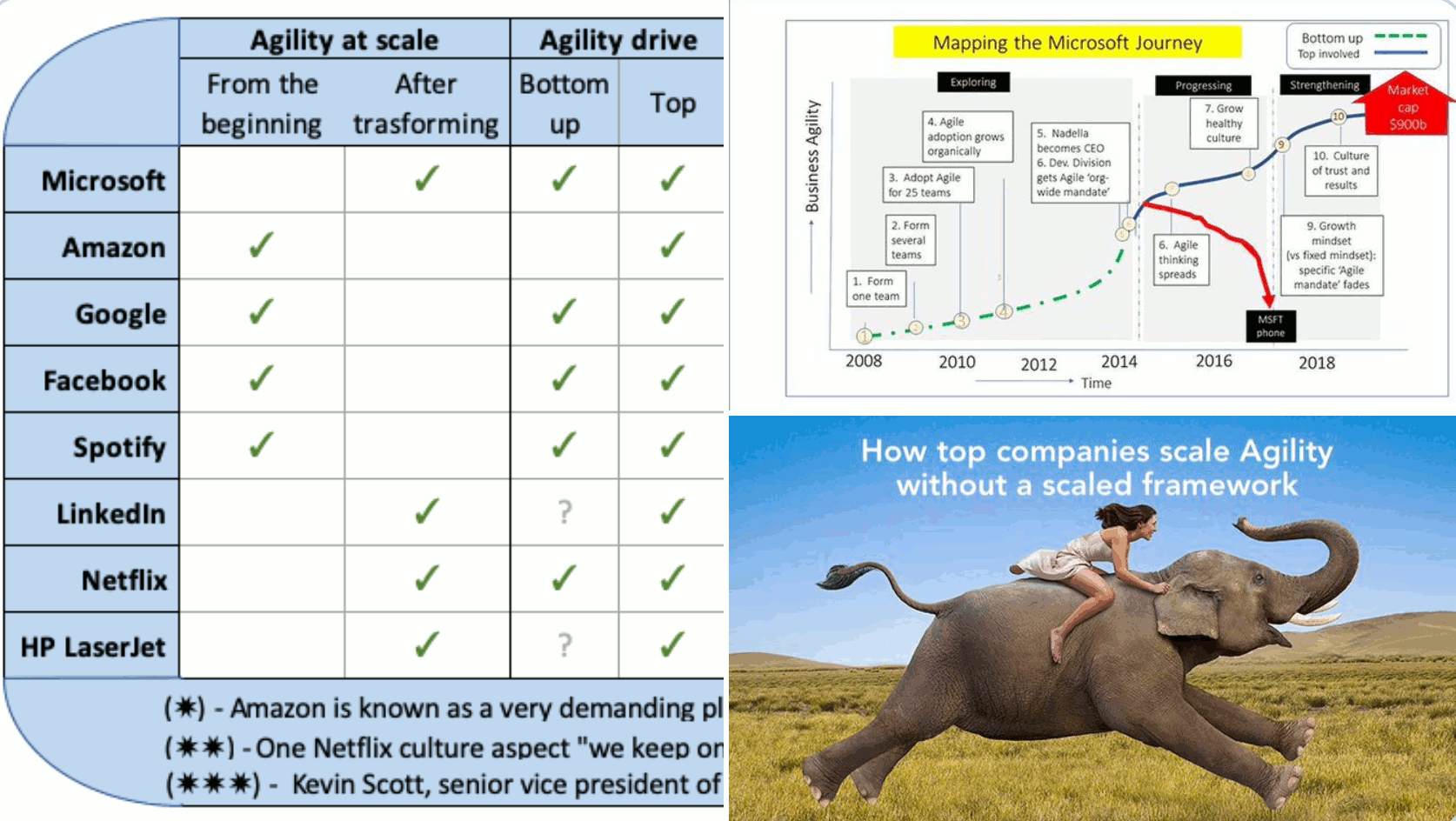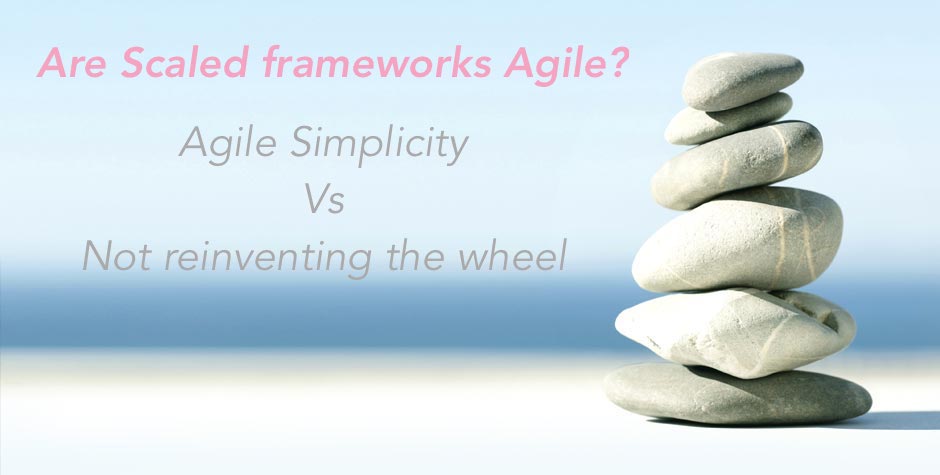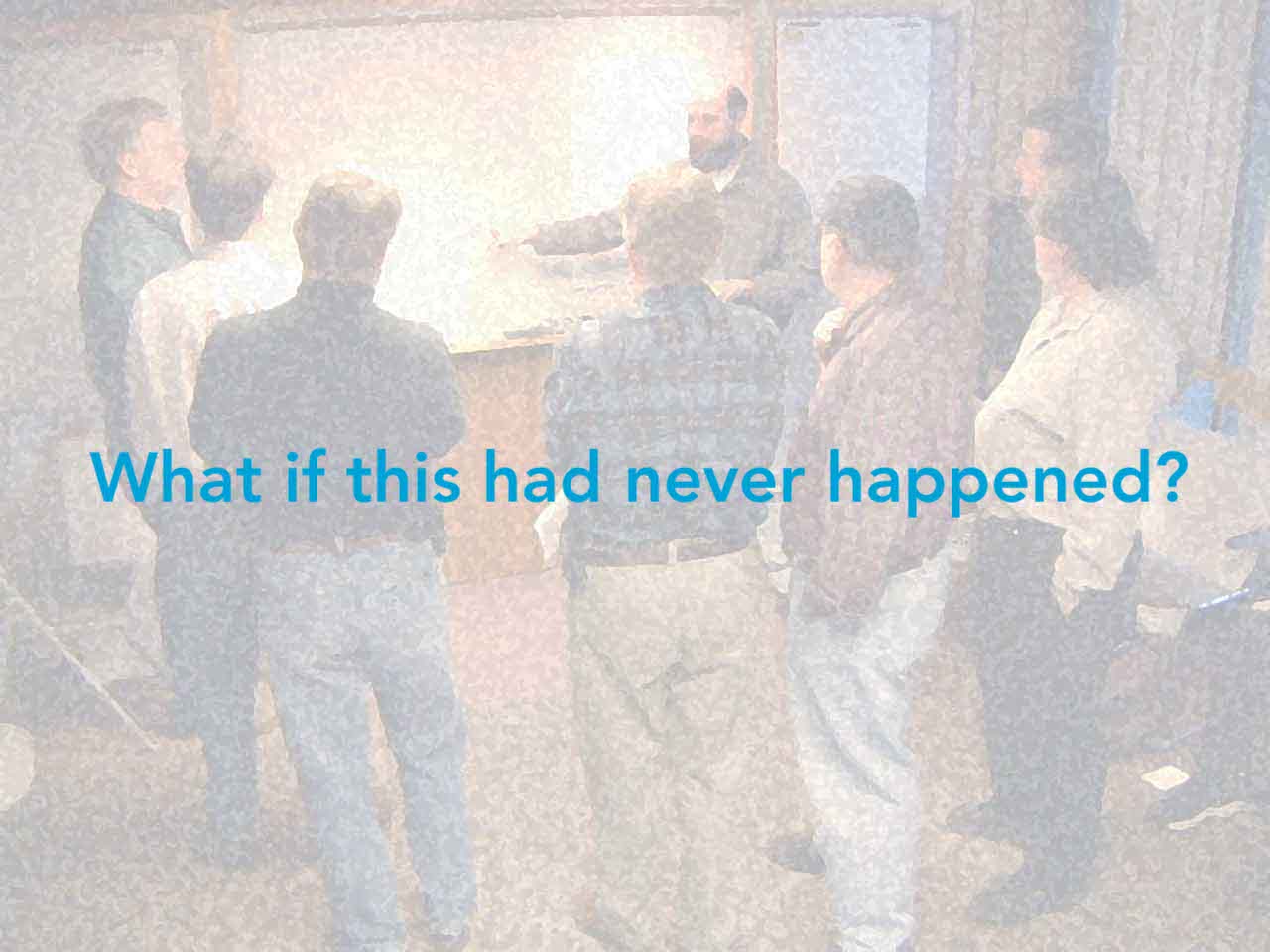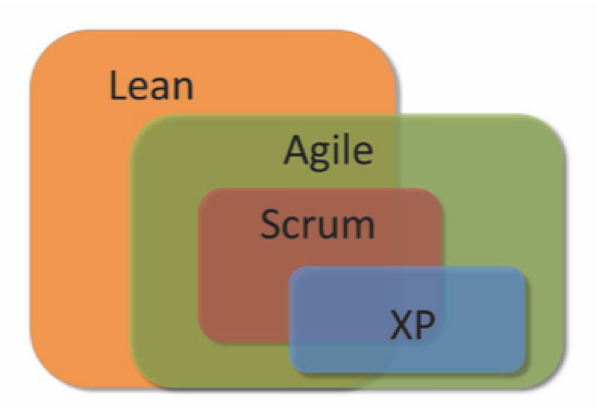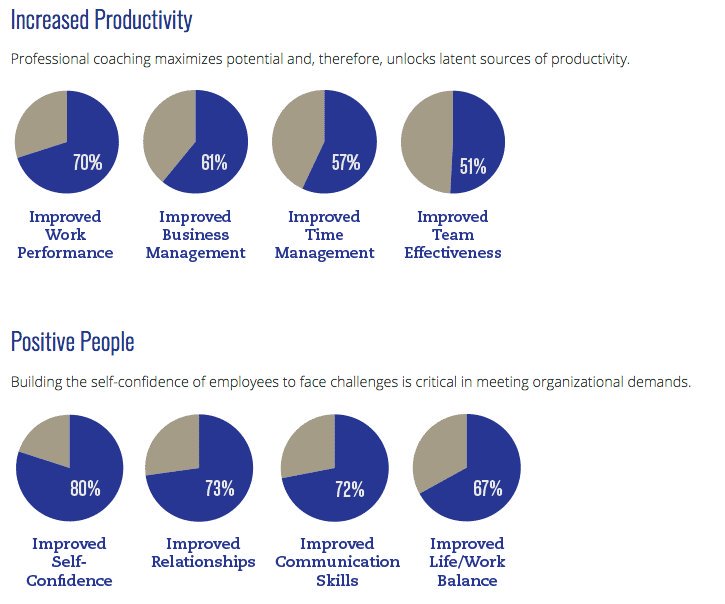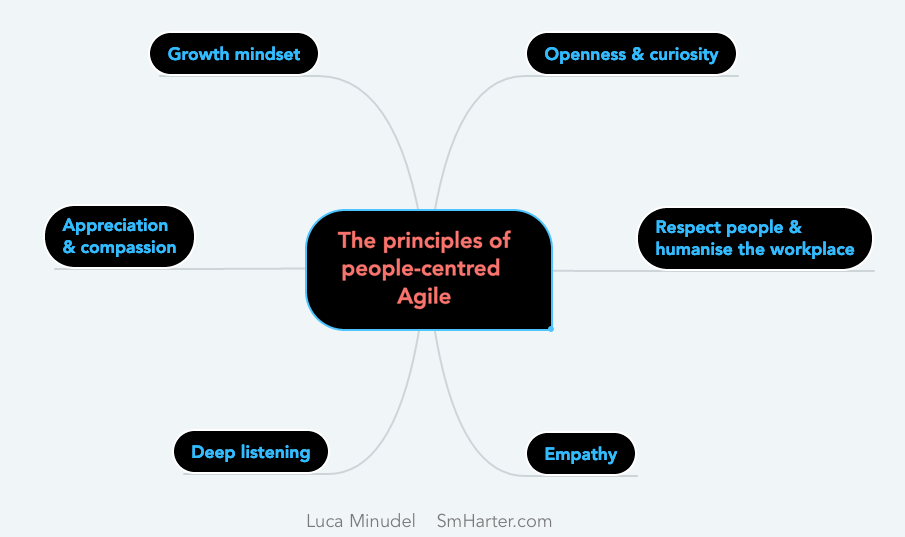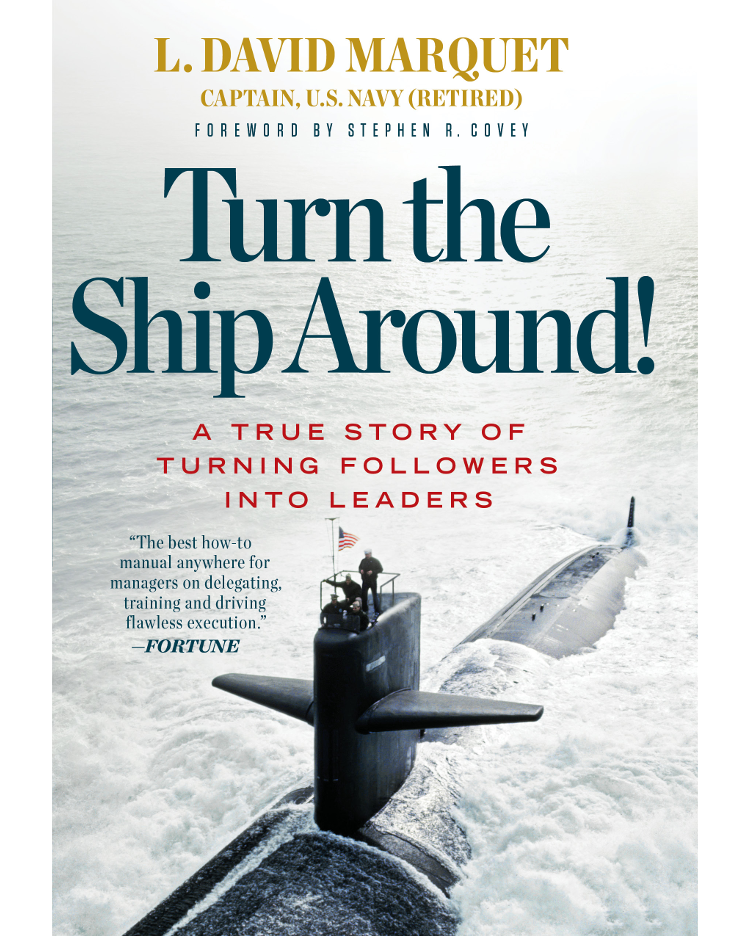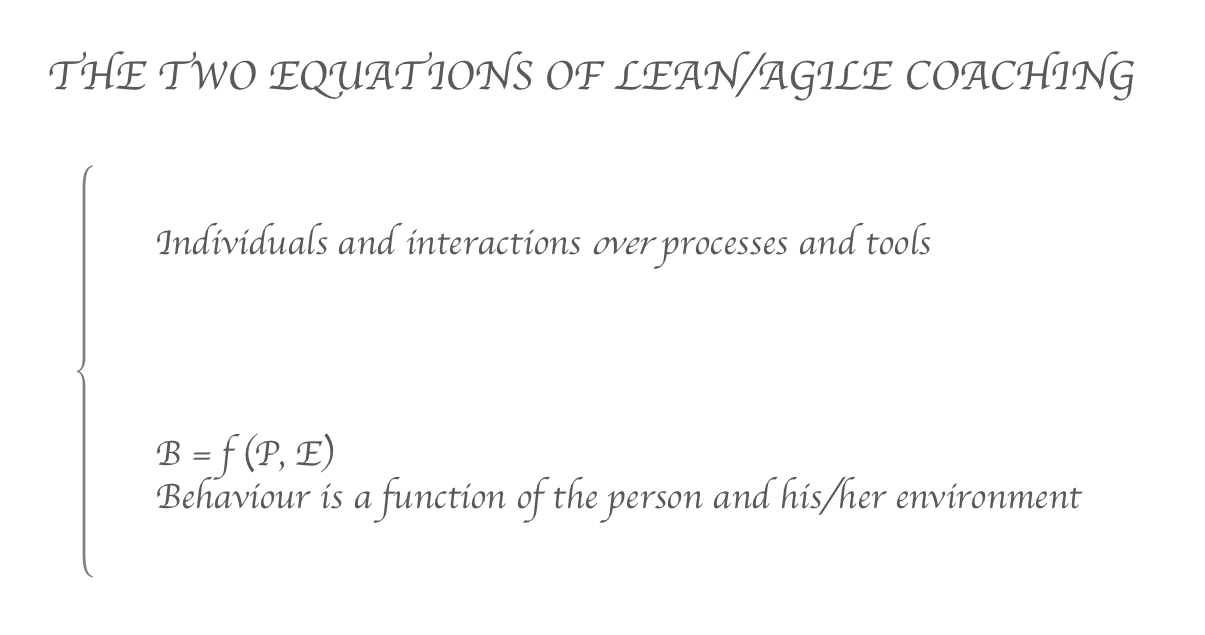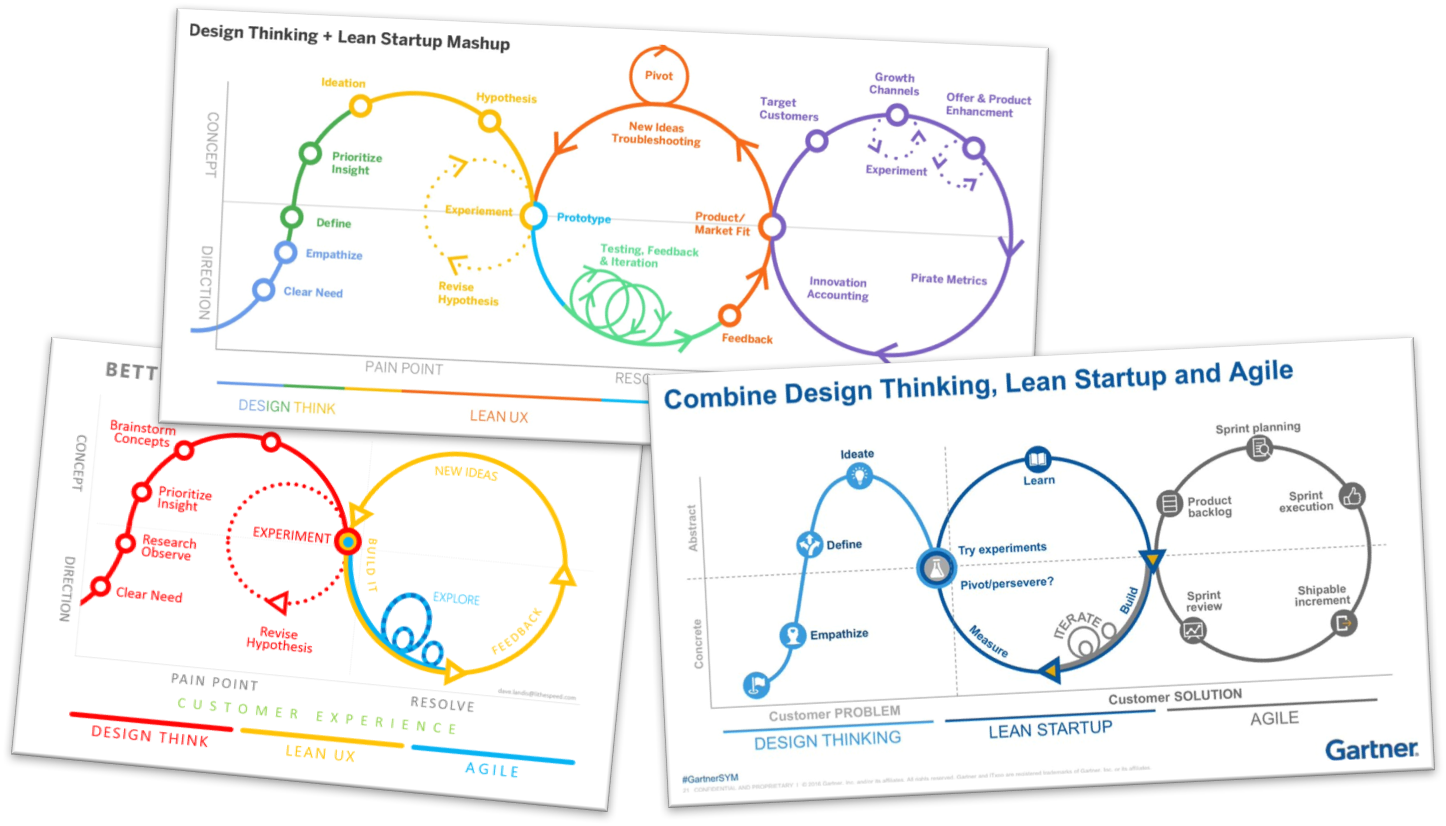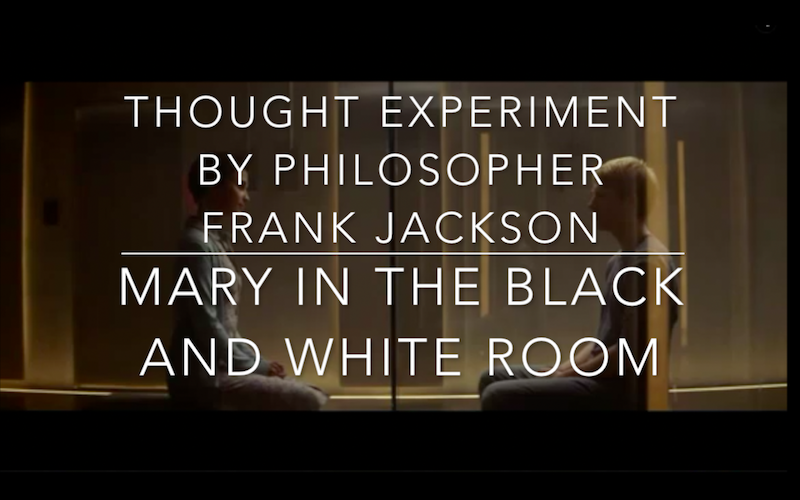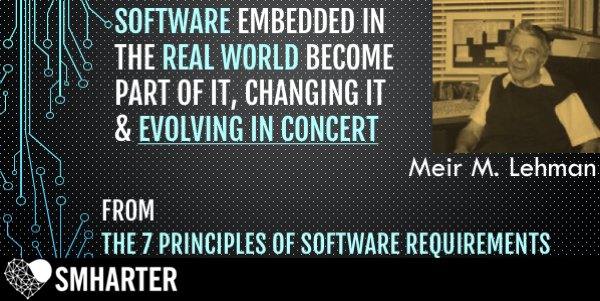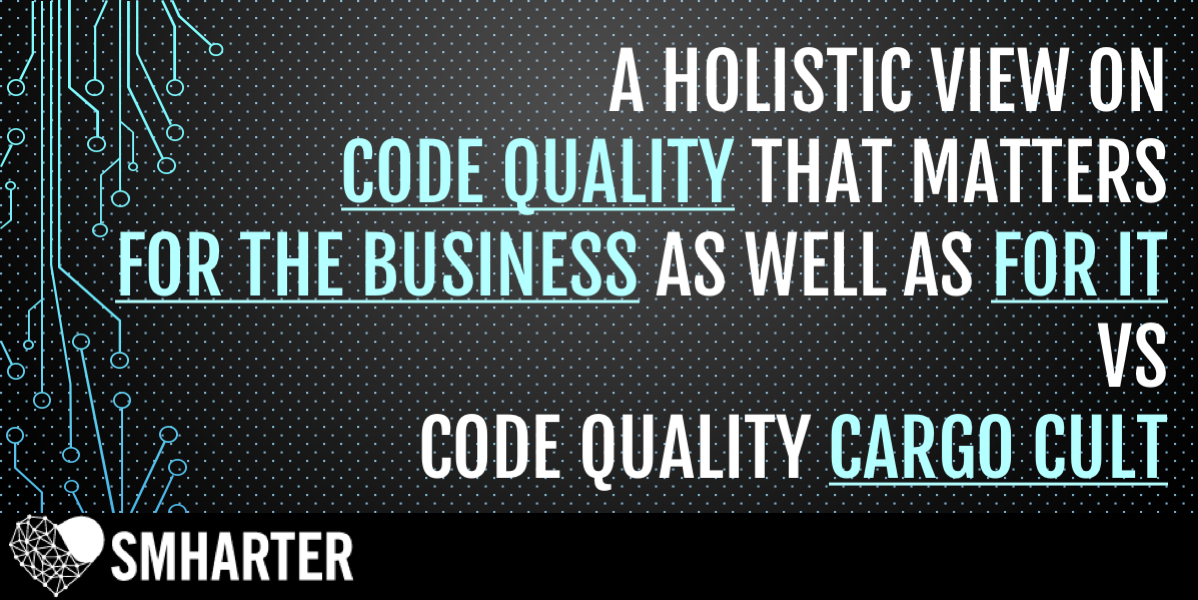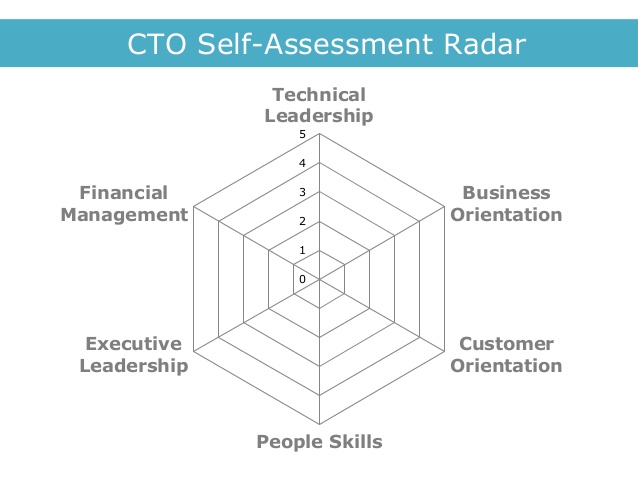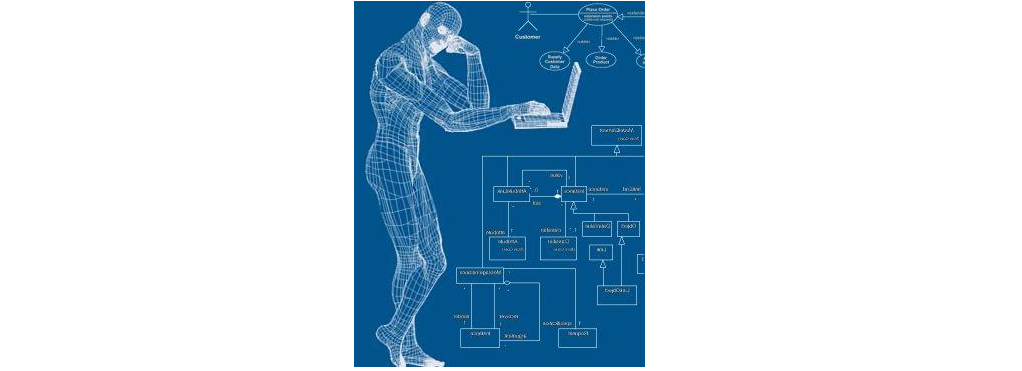Blog
When/How to move effectively tasks/responsibilities outside the team (2-part)
Whether it is to a Subject Matter Expert, an external contractor, an Agency, a Global/shared Function, a Team Topologies’ Platform team or a Complicated subsystem team, when and how can some tasks and/or responsibilities be effectively moved outside the team?
Transcending Agile cross-team collaboration with Shared work (3-part)
Is there a valid alternative to Agile cross-team collaboration, one of the most consequential topics for successfully adopting Agile beyond one team? Should we tackle Agile cross-team collaboration challenges or transcend them?
Agile cross-team collaboration HOW-TOs (4-part)
This post is a four-part deep dive into the How-Tos of making Agile cross-team collaboration frictionless and enjoyable, in one word: effective. That is one of the most consequential topics for successfully adopting Agile beyond one team. Ironically, none of the current “scaled” solutions cut it.
Agile professional: don’t be taken hostage
Coaching literature extensively covers the “don’t collude” principle. But you also need to know the “don’t be taken hostage” principle.
A collection of videos + books + people to watch for modern leaders
A collection of short videos, interesting books, and inspiring thought leaders worth following, to test the whitewaters of modern leadership for modern organisations
Transcending the CapEx – OpEx dichotomy
There is a mismatch between the reality of modern software and digital products development and the binary separation between CapEx & OpEx. Let’s see how modern approaches overcome that.
Are OKRs really good for Innovation?
OKRs (Objectives and Key Results) are, for many organisations, still a relatively new term that, as such, can hold the promise of an idealised future while moving again the goalpost to a later tomorrow.
And the term OKR creates enough ambiguity allowing different conflicting interpretations (e.g. a new fancy name for KPIs) to coexists. But once OKRs are well understood and properly put to practice, are they really good for innovation?
Agile Automation practices outside IT
Automation practices in Agile Software Development have an important role. But what about Agile outside IT? What to automate? How to automate?
The wiki of Complexity inspired practices is live
Here the link to the wiki of Complexity inspired practices for software and digital products development
InfoQ Article: Practical Applications of Complexity Theory in Software and Digital Products Development
An InfoQ article on practices inspired by Complexity theory that can be used everyday in Software and Digital Products development
Agile technical practices outside IT
Outside IT and Software Development, it has become common to adopt Agile practices, but it remains uncommon to adopt Agile technical practices. However, Business Agility, Organisational Agility and Team Agility fall apart without Technical Agility. Let’s see how to adopt Agile technical practices Outside IT and Software Development then.
A visual map to navigate the catalogue of Complexity inspired practices
Carlo Volpi drafted a visual map to navigate the practices of the book Living Complexity. How does your map look like?
Living Complexity: the new book is out
This new book is a catalogue of practical applications of human Complexity theory in modern software and digital products development
My opinion on the scaled agile frameworks and SAFe, and related facts
My opinion on scaled agile frameworks, and specifically on SAFe. And an alternative to scaled frameworks.
Companies going heavy-weight with scaling Agile and off-the-shelf software solutions. With what results?
An summary of the results of companies scaling agile with a heavy-weight framework and companies migrating to a heavy-weight off-the-shelf platform.
How large successful companies achieved Agility at Scale
A summary with infographic of how large successful companies like Microsoft, Amazon, Google, Facebook, Spotify, LinkedIn, Netflix and HP LaserJet Firmware achieved agility at scale with tangible and lasting business benefits.
Agile simplicity Vs not reinventing the wheel
Revisiting the trade-off between simplicity and not reinventing the wheel. Finding out if scaled framework are Agile.
How to get involved in the Lean-Agile Community and why
A collection of pointers to get involved in the Lean-Agile Community, a prerequisites for every Lean and Agile practitioner and a required completion for every Lean and Agile framework.
Culture and Cultural change models and ideas
An overview of the techniques and the concepts I have found valuable to understand organisations culture and to think about cultural change
The history of Agile and its Manifesto
The account from the co-authors of the Manifesto for Agile Software development, and from AgileAlliance.
Would we still have Agile today, if the Agile Manifesto had never happened?
What if the co-authors of the manifesto for agile software development had never come together in that 2001 Snowbird meeting or ever after? Would we still have something like Agile today?
A collection of principles, theories and models relevant to Agile
Which principles, theories and models do you know that help to explain how Agile works, and why it works? Which one would you add to this list?
Continuously develop your Scrum Mastery: the new SM self-assessment kit
A Scrum Master Self-Assessment Kit can help you start buddying or pair-mentoring to continuously develop your craft as a Scrum Master and Agile expert. Here is the new one.
Freshen up Agile Manifesto
When introducing the Manifesto to new Agile practitioners, its outdated language often got in the way of conversations around more interesting points. So I’ve freshened up the language taking inspiration from Kent Beck (talk ‘Beyond Agile Programming’ at Startup Lessons Learned Conference, 2010), Dan North (talk ‘Agile Revisited’ at GOTO conference, 2015), Tom Gilb (Value-driven development values and principles, 2010), and Joseph Pelrine (ebook on Agile teams and self-organising systems, 2011).
The three pillars of Agile
The three pillars of Agile answer briefly and clearly two of the most important questions people are asking since the beginning of Agile and before: “Why Agile works?” and “What’s the essence of Agile?”
Summer reading list for the (to be) reformed leader
Nowadays challenges span complicated and complex situations that require a leadership style and tools that go beyond traditional leadership.
Here you find reading suggestions to find inspiration as well as practical advice.
#Agile #Lean #Leadership
Beware of Waterfall in disguise proposed by Gartner
Discover where Waterfall is hiding in this process designed by Gartner to combine Design Thinking, Lean Startup, and Agile.
Let’s use this flawed idea as an opportunity to dig deeper into the foundations of lean and agile.
Agility Qualia: the black and white room of Agile
You are trapped in the black and white room of agile’s rainbow. And you cannot be sure you are not, until you find out and conquer your qualia.
The 7 fundamental principles of Software Requirements
Given the complex nature of the problems we try to solve and the solutions we try to envision, there’s no surprise the devil is in the details.
Sometimes we have to be highly intelligent and well-informed just to be undecided about them.
These seven principles are seven chances to spot the complexity hidden in the details.
Summer reading list for the (to be) reformed manager
You often think there must be a better way of getting stuff done,
while at work you spend your time working around obstacles created by the very same processes put there to help you. Meanwhile, you build meaningful relationships, based on professional respect and trust, that span well over the boundaries of the formal hierarchy.
These books are for you.
A holistic view on code quality that matters for the business as well as for IT
#CodeQuality: a definition unknown or misunderstood by most, that goes beyond #SoftwareCraftsmanship.
Given that software is eating the world and IT *is* becoming the business, it do matters.
This post gives a pragmatic definition valuable and meaningful for both IT and the business.
Which skills make a great CTO ?
This post explores the skills that make a great CTO. It also provides a tool to self-assess current strengths as CTO, and identify areas that can be targeted next for improvement.
Software Development Done Right – The Foundations a CTO Cannot Ignore
What are the fundamental building blocks of software development done right? Are you observing them? Check with this booklet that includes references to conclusive scientific research studies, and industry opinion.

